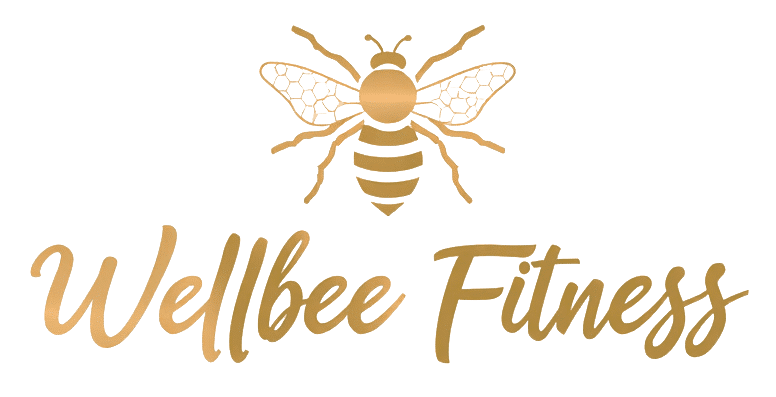Do you ever feel like choosing healthy food in the grocery store is trickier than solving a Rubik’s Cube? Good news: the scientific sleuths at William Paterson University in New Jersey have taken a deep dive into the nutrient jungle to reveal the world’s healthiest food—so you don’t have to.
The Scientific Search for the Ultimate Superfood
Trying to sort out what’s healthiest on crowded shelves can feel like a real-life game of nutritional hide-and-seek. Luckily, researchers at William Paterson University analyzed the nutritional value of dozens of foods, measuring their content across 17 essential nutrients. We’re talking about dietary heavyweights like fiber, vitamin C, calcium, iron, and protein. After all the bean counting (and leaf munching), they found a clear champion. According to findings published by the Centers for Disease Control and Prevention (CDC), this victor takes first prize in nutrient density, providing 100% of your daily nutrient needs in a single 100-gram serving.
The Crown Goes to Watercress
And the culinary mic drop goes to: watercress. Yes, this humble leafy green, too often relegated to garnish duty, deserves the spotlight. Despite its stellar health credentials, watercress is still underused in many kitchens. Predominantly grown in regions like Île-de-France, Aquitaine, and Nord-Pas-de-Calais in France, it’s available almost year-round and usually sells for around 2 euros per bunch—sometimes even less if you’re a savvy shopper. It won’t break the bank, but it might just fix up your diet.
A Nutritional Powerhouse Hiding in Plain Sight
If chameleons existed in the food world, watercress would be it. It’s delicious raw in salads or quiches, works wonders on top of eggs, and enhances nearly any dish or sauce with its punchy flavor. Bored with the basics? Try it sautéed, fried, blended into a creamy soup, or tossed into a hearty winter stew. The flavor versatility is matched only by its nutritional might.
Researchers have scored a 100-gram portion of watercress with a perfect 100 for nutrient density. That’s not a glitch in the matrix—it’s just seriously packed with goodness. Here’s what’s tucked into those dark green leaves:
- Potassium
- Fiber
- Protein
- Calcium
- Iron
- Thiamine
- Riboflavin
- Niacin
- Folate
- Zinc
- Vitamins A, B6, B12, C, D, E, and K
For context: watercress has more vitamin C than an orange or a lemon. Yes, really. Citrus should be jealous.
Health Perks—With a Side of Flavor
If you think the benefits stop at vitamins and minerals, think again. Watercress boasts detoxifying properties and acts as both a diuretic and antioxidant. Add in its purifying effects and it’s practically a health spa in a bunch. A generous handful—about 80 to 100 grams—counts as a vegetable serving, all for just 21 calories. Your waistline can breathe easy.
Planning to buy some? Hunt for bunches with vibrant, firm, damage-free leaves. Dull green? That’s watercress past its prime—move along. The fact that it’s sold in bunches helps keep it fresh and traceable from farm to fork. But, be quick: watercress is best enjoyed fresh and generally lasts only two days in the vegetable crisper of your fridge. Time is of the essence for maximum flavor and nutrient impact.
Next time you’re staring blankly into the fridge or crafting a grocery list, consider watercress for that extra punch of nutrition and taste. Its peppery, slightly bitter edge—think mustard in a leafy disguise—gives even ordinary meals a healthy twist. Watercress might just be the easiest way to make your food both flavorful and fabulously healthy. So, let’s bring this unsung hero out of the shadows and onto our plates!

John is a curious mind who loves to write about diverse topics. Passionate about sharing his thoughts and perspectives, he enjoys sparking conversations and encouraging discovery. For him, every subject is an invitation to discuss and learn.






